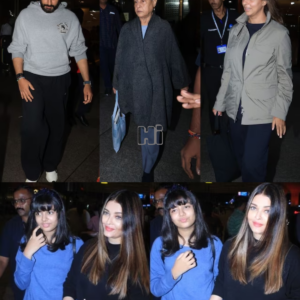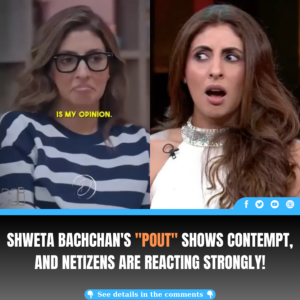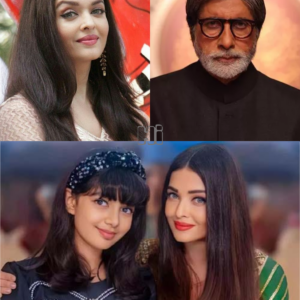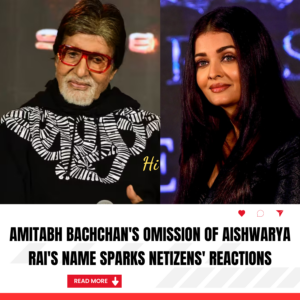Virat Kohli, one of the most celebrated cricketers in the world, recently found himself at the center of a controversy that has taken the internet by storm—dubbed the “Nepali Mountain Scandal” or “नेपाली हिमाल काण्ड” in Nepali. But what exactly is this scandal, and how did it come to involve the Indian cricket icon?

The Origins of the Scandal
The so-called “Nepali Mountain Scandal” began as a rumor circulating on social media, claiming that Virat Kohli was involved in a dispute related to the Nepali mountains, particularly Mount Everest. The rumor suggested that Kohli made controversial comments about the ownership or significance of these mountains, which sparked outrage among Nepali citizens and fans of the cricketer alike.
The Spread of Misinformation
As with many online scandals, the truth was quickly obscured by misinformation. Several unverified sources began to claim that Kohli had questioned Nepal’s sovereignty over its mountains or had made insensitive remarks about Nepali culture and heritage. This led to a social media storm, with the hashtag #BoycottKohli trending in Nepal.
The controversy was further fueled by the lack of official statements from Kohli or his representatives, leading many to speculate that there might be some truth to the rumors. This absence of clarification allowed the scandal to grow, with some even calling for a ban on Kohli’s presence in Nepal or any association with Nepali brands.
The Reality: Was There Any Truth to It?
Despite the widespread rumors, there is no credible evidence to suggest that Virat Kohli ever made any such comments about Nepal or its mountains. The entire scandal appears to have been a fabrication, born out of misunderstandings or deliberate misinformation. Some analysts believe it might have started as a joke or a meme that was taken seriously by others, leading to the viral spread of the controversy.
Kohli’s Silence and the Aftermath
Kohli’s decision to remain silent during the height of the scandal has been both praised and criticized. Some argue that by not addressing the rumors, Kohli avoided giving unnecessary attention to baseless claims. Others, however, believe that a prompt denial from the cricketer could have put an end to the scandal much sooner.
As the rumors continued to spread, several Nepali and Indian media outlets stepped in to debunk the claims, reassuring fans that the entire scandal was nothing more than a hoax. Despite this, the incident highlighted how quickly misinformation can spread on social media and the potential damage it can cause to a person’s reputation.
Public Reactions
Reactions to the “Nepali Mountain Scandal” have been mixed. In Nepal, some fans expressed disappointment and anger, believing the rumors to be true. However, many others were quick to dismiss the scandal as ridiculous and baseless, showing continued support for Kohli.
In India, Kohli’s fans rallied behind him, condemning the spread of false information and calling for more responsible use of social media. The scandal also sparked a broader conversation about the impact of fake news and the importance of verifying information before sharing it online.
The Role of Social Media in Fueling Scandals
The “Nepali Mountain Scandal” serves as a cautionary tale about the power of social media to create and spread misinformation. In today’s digital age, a single tweet or post can quickly snowball into a full-blown scandal, even if it’s based on falsehoods.
This incident has highlighted the need for public figures, media outlets, and social media users alike to approach online information with a critical eye. It also underscores the importance of addressing rumors quickly and transparently to prevent them from spiraling out of control.
Conclusion: Lessons Learned
In the end, the “Nepali Mountain Scandal” involving Virat Kohli was nothing more than a storm in a teacup—an example of how easily misinformation can spread in the digital age. While the scandal had little to no basis in reality, it nonetheless captured the attention of millions and served as a reminder of the power and potential pitfalls of social media.
For Virat Kohli, the incident is likely a minor blip in an otherwise stellar career. However, for fans and social media users, it’s a lesson in the importance of skepticism and the dangers of spreading unverified information. As the dust settles, the scandal will likely be forgotten, but the lessons it imparted should not be.
News
Netizens React with Shock to Abhishek Bachchan’s Alleged Second Wife Seen Hand in Hand with Him!
Title: Abhishek Bachchan Seen Hand in Hand with a Second Wife? Rumors Explode and Netizens React Recently, a photo of…
Abhishek Bachchan Appears at the Airport with the Bachchan Family, Fans Ask: Where Are Aishwarya and Aaradhya? The Breakup Seems All but Confirmed!
Abhishek Bachchan, Shweta Bachchan Nanda and Jaya Bachchan spotted at Mumbai airport, fans miss Aishwarya Rai Bachchan and Aaradhya Abhishek…
Abhishek Bachchan Avoids Paparazzi with Jaya and Shweta; Aishwarya Rai’s Absence Sparks Public Uproar Over Family Rift!
Abhishek Bachchan Dodges Paps with Jaya and Shweta; Fans Miss Aishwarya Rai, Call Family ‘Incomplete’ Abhishek Bachchan seen with his…
Shweta Bachchan’s “pout” shows contempt, and netizens are reacting strongly!
Shweta Bachchan Is Shocked As Son, Agastya Shares His Views On Toxicity And Chivalry, Netizens React In a video doing…
Amitabh Bachchan broke his promise to Aishwarya Rai, and after continuous family disputes and divorce scandals, that is also the reason she left the Bachchan family with her daughter.
Amitabh Bachchan Promised A College In ‘Bahu’ Aishwarya’s Name In Daulatpur, Later Left It Abandoned Once, Amitabh Bachchan and his…
Amitabh Bachchan’s Omission of Aishwarya Rai’s Name Sparks Netizens’ Reactions
Amitabh Bachchan Recalls Performing On ‘Kajra Re’, Skips Mentioning Aishwarya Rai Amid Family Feud As Amitabh Bachchan walked down memory…
End of content
No more pages to load













Leave a Reply